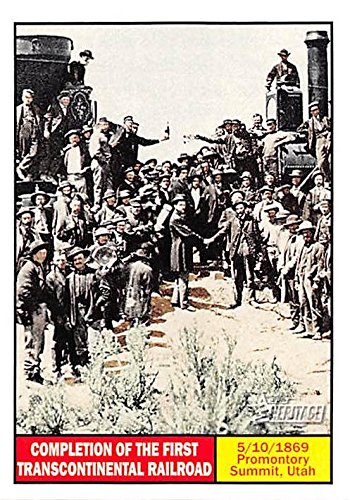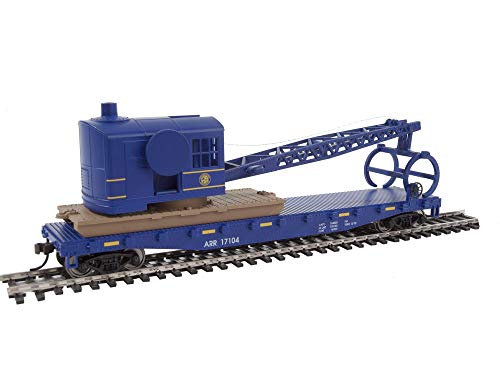George Harris
Engineer
This is a start on discussion on the historic Chicago to Florida trains. Much of the timetable specific information comes from a copy I have of the November 1956 Official Railway Guide. This has always been one of my interests so I can go on about this for a while. First a little history:
This had long been a major rail passenger market. Beginning somewhere around 1940, the “Fast Three” were introduced, initially as all coach trains each running every third day. Pullmans were added after only a few years. I do not know the precise dates for these events. These trains were the City of Miami out of Chicago on the Illinois Central, the South Wind out of Chicago on the Pennsylvania, and the Dixieland out of Chicago on the Chicago and Eastern Illinois. Also, sometime later, in the early 50’s(?) the City of Miami and South Wind began operating on alternating days first only in wintertime and then year round after the Dixieland was discontinued, which was sometime between 1957 and 1960. These were all long trains, with the summer time minimum being 4 Pullmans, 4 coaches, a diner and an observation car. In winter cars were added. In the winter, from first hand observation in the 1962-3 and 1963-4 winters the norm for the City of Miami would be 20 cars total, sometimes possibly one or two more. These trains were outstanding examples of multi-railroad company cooperation, as well as competition. The only common players in all routes were the Atlantic Coast Line and Florida East Coast on the south end. While considered quite fast in their day, and in part some they were, these routes were all cross grain to the south end of the Appalachian Chain, so they were not truly fast trains on the order of the New York – Chicago fast trains or the AT&SF western trains.
In November 1956 Official Guide, the City of Miami and Dixieland both left Chicago at 9:00am and arrived at Jacksonville at 9:15am the next morning then Miami at 5:15pm. The South Wind left Chicago at 8:45am, with south end times the same. Northbound, all left Miami at 12:40 noon and Jacksonville at 8:30pm. Arrivals at Chicago were 6:45pm the next evening, except the South Wind’s which was 7:15pm. Remembering time zones, this gave you southbound 23 hours 15 minutes except 23 hours 30 minutes for the South Wind, plus another 8 hours to Miami. Northbound the times were 7 hours 50 minutes Miami departure to Jacksonville departure, plus 23 hours 15 minutes northbound the next evening, except 23 hours 45 minutes for the South Wind.
There were no points common to all three trains north of Jacksonville. Yes, all originated in Chicago, but each from a different station. Even though all three stopped at Waycross GA, the South Wind stop was not at the same location as that of the other two. The South Wind and Dixieland did both use the same station in Nashville. The South Wind and City of Miami both served Birmingham, but not at the same station.
Discussions on routes and average speeds on their various components to follow.
This had long been a major rail passenger market. Beginning somewhere around 1940, the “Fast Three” were introduced, initially as all coach trains each running every third day. Pullmans were added after only a few years. I do not know the precise dates for these events. These trains were the City of Miami out of Chicago on the Illinois Central, the South Wind out of Chicago on the Pennsylvania, and the Dixieland out of Chicago on the Chicago and Eastern Illinois. Also, sometime later, in the early 50’s(?) the City of Miami and South Wind began operating on alternating days first only in wintertime and then year round after the Dixieland was discontinued, which was sometime between 1957 and 1960. These were all long trains, with the summer time minimum being 4 Pullmans, 4 coaches, a diner and an observation car. In winter cars were added. In the winter, from first hand observation in the 1962-3 and 1963-4 winters the norm for the City of Miami would be 20 cars total, sometimes possibly one or two more. These trains were outstanding examples of multi-railroad company cooperation, as well as competition. The only common players in all routes were the Atlantic Coast Line and Florida East Coast on the south end. While considered quite fast in their day, and in part some they were, these routes were all cross grain to the south end of the Appalachian Chain, so they were not truly fast trains on the order of the New York – Chicago fast trains or the AT&SF western trains.
In November 1956 Official Guide, the City of Miami and Dixieland both left Chicago at 9:00am and arrived at Jacksonville at 9:15am the next morning then Miami at 5:15pm. The South Wind left Chicago at 8:45am, with south end times the same. Northbound, all left Miami at 12:40 noon and Jacksonville at 8:30pm. Arrivals at Chicago were 6:45pm the next evening, except the South Wind’s which was 7:15pm. Remembering time zones, this gave you southbound 23 hours 15 minutes except 23 hours 30 minutes for the South Wind, plus another 8 hours to Miami. Northbound the times were 7 hours 50 minutes Miami departure to Jacksonville departure, plus 23 hours 15 minutes northbound the next evening, except 23 hours 45 minutes for the South Wind.
There were no points common to all three trains north of Jacksonville. Yes, all originated in Chicago, but each from a different station. Even though all three stopped at Waycross GA, the South Wind stop was not at the same location as that of the other two. The South Wind and Dixieland did both use the same station in Nashville. The South Wind and City of Miami both served Birmingham, but not at the same station.
Discussions on routes and average speeds on their various components to follow.
Last edited:























































